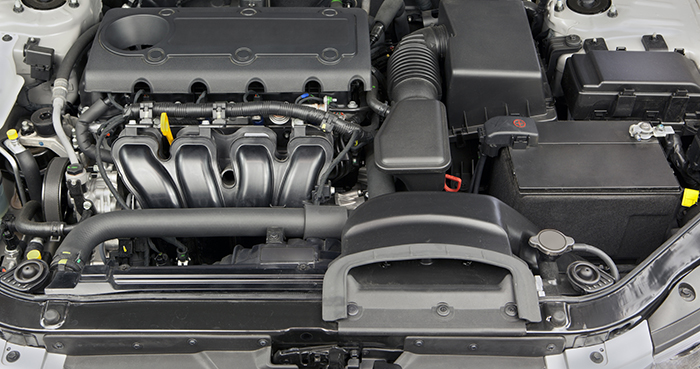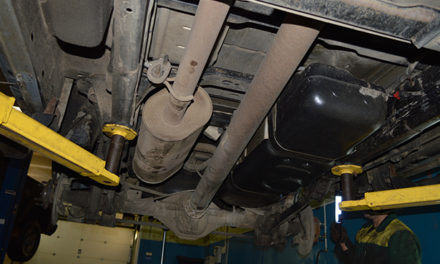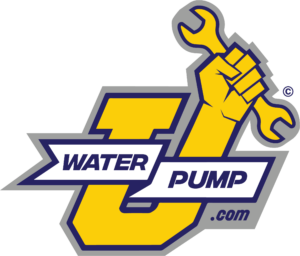Most people know that modern automobiles use an electronic fuel injection system, but how does it know how much fuel or air to deliver and when? This is where the Electronic Control Unit (ECU) comes in. Since it’s a key part of the fuel injection system that performs multiple tasks, you won’t get very far without it.
What Does The Electronic Control Unit Do?
The ECU performs several necessary functions to ensure your vehicle performs well:
- It controls the mixture of fuel and air that’s delivered to the engine. The ECU’s computer program manipulates data inputs from various sensors to determine the best ratio of fuel to air and the best time to send the concoction to the engine.
- It determines the engine’s ignition timing by altering the timing at which the spark ignition plug is lit to obtain optimal power.
- It controls the idle speed through the programmable throttle stop.
- It controls the variable valve timing. By determining when the valves remain open, the ECU controls the air flow into the cylinder. This maximizes the car’s power and performance.
- It controls the engine’s speed, throttle angle, coolant temperature and oxygen content of the exhaust according to data recorded by its sensors.
How Does An Electronic Control Unit Work?
When you depress the gas pedal, more air enters the cylinders by way of the throttle valve. This signals the ECU to send more fuel. Once the ECU decides how long the fuel injector should remain open (pulse width), the fuel rail delivers the appropriate amount of fuel to the injectors mounted on the intake manifold. This fuel is sprayed at the back of the intake valves, where it mixes with the air. With such low pressures in the intake manifold, the mixture vaporizes immediately.
The ECU excels at sensing the amount of air in the engine, the engine’s rpm, workload, engine, and ambient temperatures, and other data to quickly calculate the optimum amount of fuel to inject. Precise control allows the ECU to make the injectors open sequentially or simultaneously; a sequential system responds more quickly to the driver’s changes.
There you have it–the electronic control unit runs your electronic fuel injection system so that your car can idle or accelerate according to your whims. Who knew?






![[ FITMENT ] : This injector Replacement for Chevrolet Silverado 1500 HD/2500 HD/3500 ,SSR 5.3L 2003-2004,Tahoe 4.8L/5.3L 2001-2006,Trailblazer EXT 5.3L 2003-2004,Express 1500/2500/3500,For GMC Envoy XL 5.3L 2003-2004,Sierra 1500 4.8L/5.3L/6.0L,Savana...](https://m.media-amazon.com/images/I/51QXpREylkL._SL100_.jpg)

![[Vehicle Fitment]: Compatible with Chrysler Aspen 2007-2008; Compatible with Dodge Durango 2004-2009, Ram 1500 2004-2008, Ram 2500 2004-2008, Ram 3500 2004-2008---V8 5.7L [Reference Number]: The A-Premium Fuel Injector's reference number: FJ482, 5303...](https://m.media-amazon.com/images/I/51yrT8SNu5L._SL100_.jpg)

![[Vehicle Fitment]: Compatible with Ford F-150 1997-1998 V6 4.2L V8 4.6L V8 5.4L 139.0/157.0 inch Wheelbase(120.0 RWD/4WD), F-250 1997-1998 V8 4.6L V8 5.4L 139.0 inch Wheelbase [Reference Number]: E2221S, E2216S, F1232A, F65Z9A407AB [Package Contents]...](https://m.media-amazon.com/images/I/41P8DzeuMWL._SL100_.jpg)
